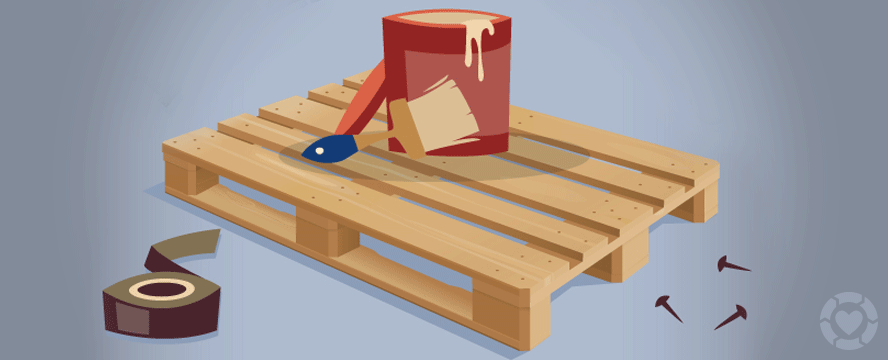Extensive Overview To Fixing Classic Cabinets
Extensive Overview To Fixing Classic Cabinets
Blog Article
Short Article Author-Drejer Westermann
To begin the journey of bring back antique closets, you require a keen eye for information. Imagine discovering hidden secrets within each layer of history embedded in the timber. Image the satisfaction of reviving a once-forgotten item to its former splendor. Every step of this thorough procedure holds the vital to maintaining the past while producing a future treasure. So, are you ready to start this transformative venture and unlock the potential of your antique cabinets?
Assessing the Cupboard's Condition
When beginning the reconstruction procedure, beginning by analyzing the problem of the antique closet. Meticulously take a look at the total framework for any indicators of damages such as splits, chips, or loosened joints. Check the timber for any kind of rot, bending, or insect invasion that may have taken place gradually. It's important to establish the extent of the remediation needed prior to proceeding even more.
Next off, examine the closet's equipment such as joints, handles, and locks. Make note of any type of missing items or components that need fixing or replacement. Guarantee that all hardware is functioning properly and securely connected to the cupboard.
Furthermore, assess the closet's finish. Search for any kind of scratches, discolorations, or staining that may influence the aesthetic appeal. Identify if the finish requires to be removed and reapplied or if a basic touch-up will be enough.
Gathering the Needed Devices and Materials
After analyzing the condition of the antique closet, the next action is to collect the required devices and products for the remediation procedure. Before you begin, guarantee you have the following items accessible:
- wood cleaner
- sandpaper in various grits
- timber filler
- paint or timber discolor
- brushes
- gloves
- safety goggles
- a dirt mask
- a ground cloth
- a putty knife
- a hammer
- a screwdriver
- a vacuum cleaner
These tools and materials are important for a successful reconstruction.
Wood cleaner is important for eliminating years of dust and grime buildup, preparing the surface for fining sand. Sandpaper of different grits helps in smoothing out imperfections and preparing the wood for a new surface. Wood filler is handy for fixing any kind of splits, openings, or damages present in the cabinet.
Paint or timber tarnish, along with brushes, enable you to personalize the cupboard to your preference. Bear in mind to put on handwear covers, safety and security goggles, and a dust mask for security. Set a ground cloth to protect your workspace, and use a vacuum cleaner to clean up any type of debris.
With https://refacingahouse32086.blogpixi.com/28074226/enter-a-realm-of-remarkable-creativity-and-customized-craftsmanship-with-an-experienced-craftsmen-concentrating-on-customized-kitchen-cabinetry-changing-your-living-locations-into-useful-masterpieces and materials gathered, you prepare to begin the restoration process.
Executing the Remediation Process
To successfully implement the restoration process on your antique closet, begin by completely cleaning up the surface with the timber cleaner. https://redokitchenisland21097.blog-gold.com/34017455/raise-your-home-decoration-with-a-custom-cabinet-manufacturer is crucial as it assists remove years of dust, crud, and old gloss that may have gathered on the surface.
Once is fabuwood real wood is clean and dry, analyze the problem of the wood. Look for any type of fractures, scratches, or various other problems that require to be dealt with. Use timber filler to repair any type of blemishes, making certain to match the filler shade to the wood tone for a smooth coating.
After the fixings have actually dried, carefully sand the whole surface area to develop a smooth and also base for the brand-new coating. Be careful not to sand too strongly, as you do not wish to harm the wood below.
As soon as the sanding is complete, apply a wood stain or complete of your option, adhering to the producer's guidelines. Permit the finish to dry totally prior to applying a protective top layer to ensure the durability of your restored antique cupboard.
Conclusion
Since you have actually finished the restoration procedure, your antique cabinet looks as good as brand-new.
By complying with the step-by-step guide, you were able to examine, repair, and improve its problem effortlessly.
With a fresh finish and protective leading layer, your valued piece will remain to beam for several years to come.
Take pleasure in the elegance of your brought back antique cupboard!
